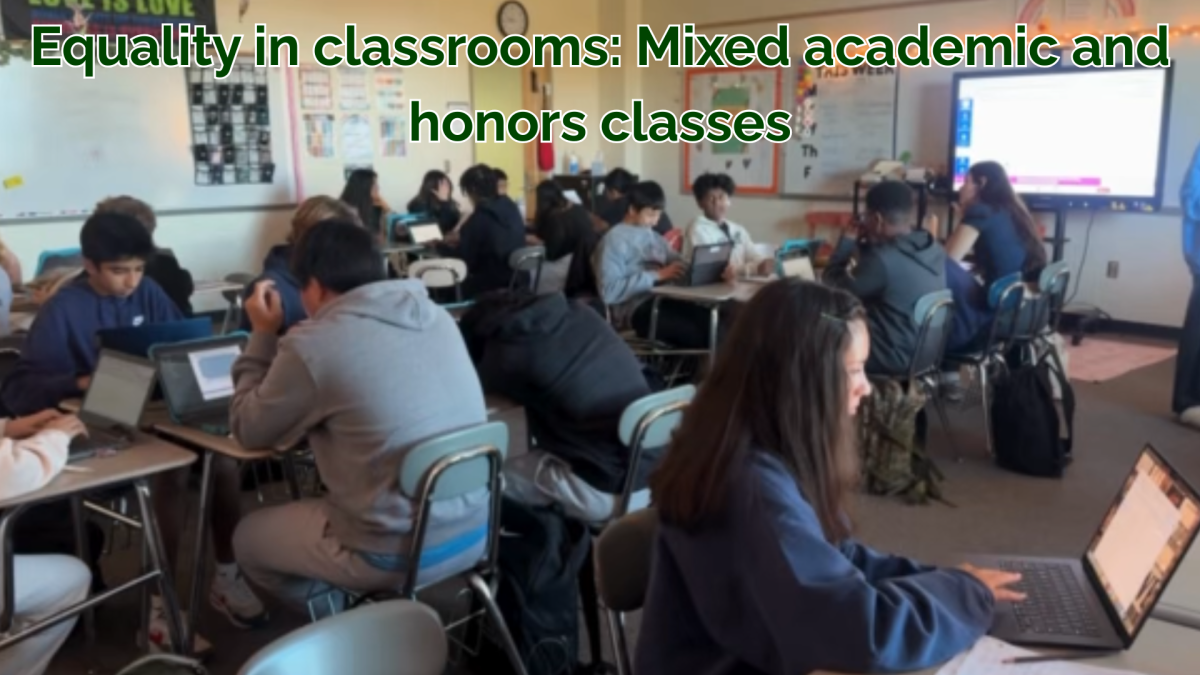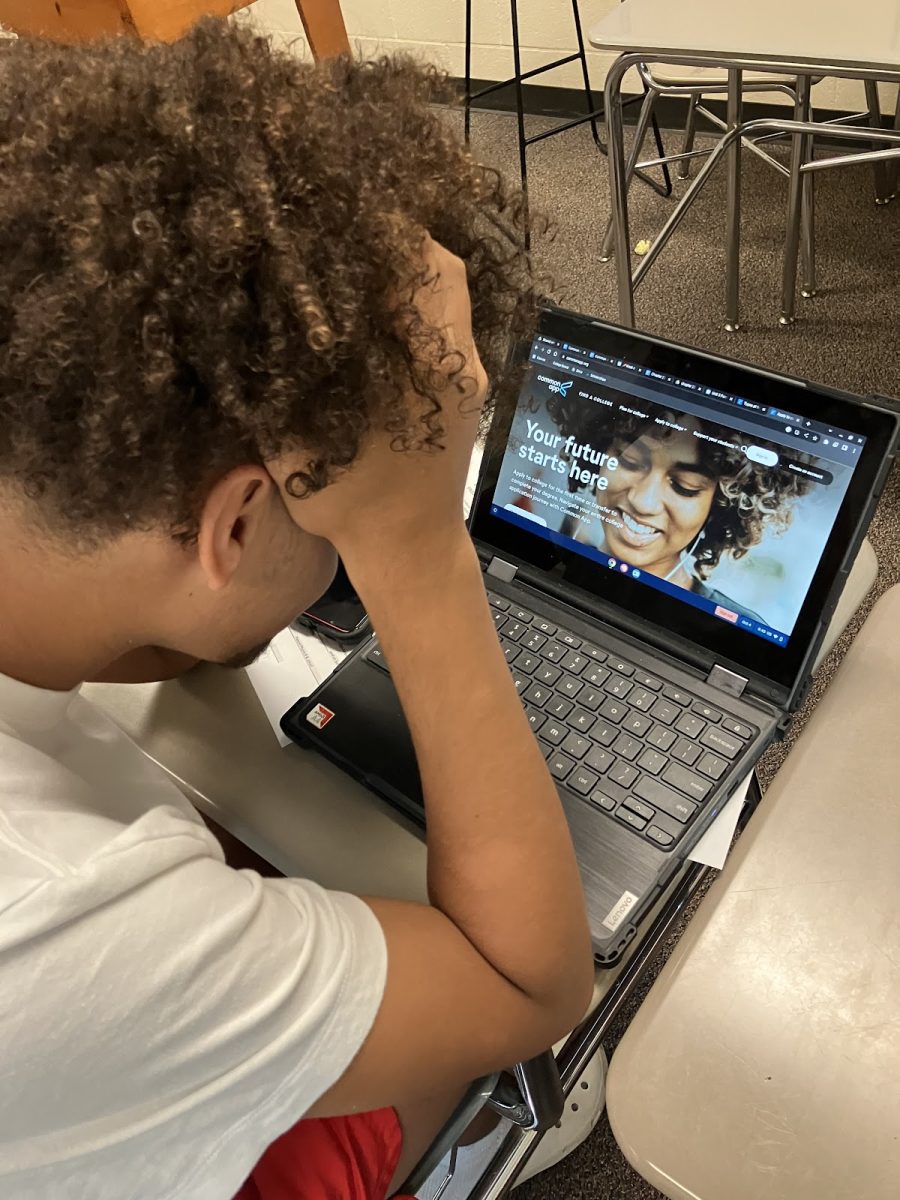Bhaumik Giri comes home from the gym, finishes a McDonalds coffee and sits down at his desk for hours every night, despite having no homework. He opens a google document with unanswered prompts covering the page. He sighs in exhaustion and begins yet another essay. He’s not the only one; this is the reality for nearly 4 million seniors throughout the United States.
Common App, the most prominent college application site, has transformed within the past decade, becoming an incredibly rigorous process. It starts with what’s called “the” essay, a 650 word response to one of eight different prompts, which allows students to write about whatever they desire. Despite this flexibility, many students suffer through counselor meetings, parent conversations and nights awake brainstorming a topic so major to dictate their future. Whether it’s an immigration account, a childhood tragedy or a story about a cat, this topic can always seem lackluster when the high stakes are considered.
Eventually when students become confident regarding their topic, they can be continuously torn down by social media and other’s opinions on their essay. While it’s supposed to embody the student’s personality, responses are usually criticized as lacking emotion or failing to emphasize “so what”, thus forcing students to change their article to match others’ opinions.
After all this effort inserted into an essay to determine one’s future, some schools decide they are too good for this essay, crafting their own required prompts. This forces students to invest dozens of more hours into answering a multitude of different questions, some of which being incredibly difficult.
Additionally, these required prompts are usually supplemented by “optional” prompts, which typically are markers for colleges to determine if a student is invested enough into their school. If these are not completed, many admissions officers will immediately rule out applicants, especially at prestigious universities.
At this point, the rigorous applications have stretched down from Ivy level schools as far as to public state universities including UNC Chapel Hill, University of Virginia, University of Michigan and University of Texas at Austin, all with acceptance rates dropping below 20% and average SAT scores in the 1400s.
This increase in rigor is likely a combination of multiple factors including population growth, increased academic abilities and increased resources. The Flynn effect is clearly on display in college admission offices. This effect reveals that students are typically getting more intelligent every year, and this effect produces better applications. With this, as well as the fact that more students in general are applying to big schools every year, it’s only right that universities raise standards. However, this raised standard should not be synonymous with an immense growth in writing prompts.
The number of writing prompts, both required and optional, continue to increase in many competitive schools. Nearly every school has transformed their prompts within the last couple years to match the competitive candidates, an adjustment that is quite honestly, overcorrection.
For instance, in just the last year, The University of Texas at Austin (UT) changed its essay structure to adapt to the new pool of applicants. Since UT dismisses the Common App major essay, it is fair for them to have a couple different essay prompts. However, their application officers just implemented two additional required prompts of 300 words in addition to three prompts, one of which being 700 words. Thus, completing this application takes nearly 2000 valuable words, forcing students to commit to hours of brainstorming, editing and writing on prompts for just one school.
Since most schools are Test-Optional, meaning students are not required to submit standardized test scores like SAT or ACT, universities are attempting to have other factors that can be standardized within their application, since stats like GPA and Extracurriculars are very dependent on students’ schools. Thus, writing prompts are becoming even more critical for universities and applicants.
The number of writing prompts is far from the only issue for schools in the Common App. Competitive schools have been implementing writing prompts that would be difficult for grown adults to answer, let alone 17 year old kids. A couple popular schools have prompts including “The core purpose of The University of Texas at Austin is, To Transform Lives for the Benefit of Society. Please share how you believe your experience at UT-Austin will prepare you to Change the World after you graduate” and “Please describe how your unique experiences, challenges overcome, or skills acquired would contribute to our distinctive University community.” Prompts asking of “Changing the World” and “Unique contributions” are extremely difficult for students to answer, as with only a few years of life to have substantial impact to communities, most students run out of experiences to write about, generating exaggeration and fabrication of instances used in essays or future accomplishments and goals.
Common App isn’t the only site for college applications nor the only place that students suffer through prompts. Many scholarship programs, specifically merit based opportunities, require multiple essay and short answer responses, simply to provide high achieving students with money to further their education, which in some cases, is the only way these students can afford to attend a quality university.
While there are many factors that generate a need for more prompts of higher rigor, it is ridiculous to require students to complete the essays that are asked of not just prestigious universities, but of above average colleges and scholarship programs. This change has been amplified in recent years with Test Optional policies, AI writing tools, population growth and the Flynn effect, but the amount that is asked by colleges in terms of writing is a complete overcorrection, and leaves millions of seniors suffering through the beginning of their senior year.
In addition to the suffering for seniors, colleges will struggle more as the whole point of college applications is to get an authentic look at students and their experiences, but the increase in rigor nearly forces students to fabricate so that their applications appear stronger than they should be.
These drastic changes to application processes for future college students will only continue getting worse, yielding more stress and mental health issues as seniors are forced to answer dozens of difficult prompts just to have a chance of getting accepted to a school.















































































